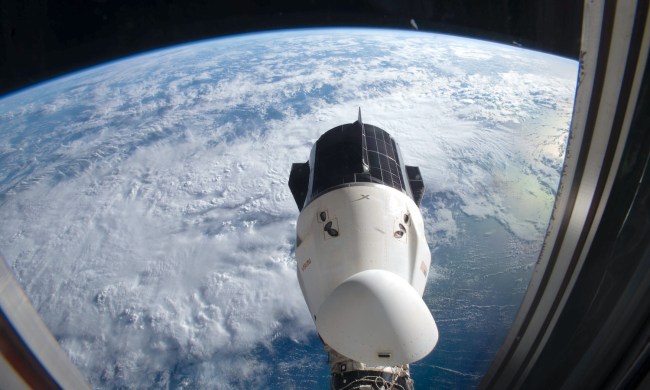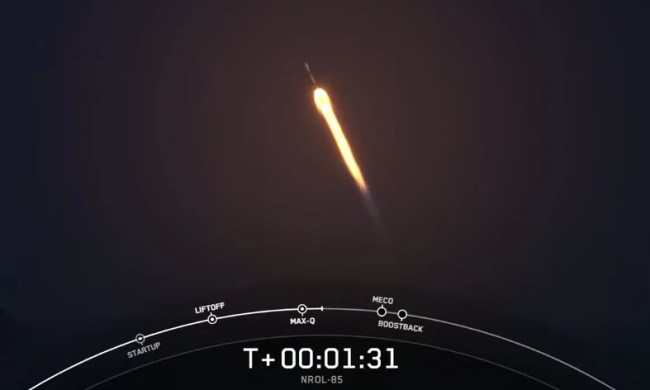SpaceX is continuing its ambitious mission to bring the internet to the entire planet through its Starlink program and is furthering its aim of rocket reusability at the same time. The company will launch a further 60 Starlink satellites into orbit aboard a rocket with a number of reusable parts — and you can watch the mission live Monday morning.
SpaceX hopes to launch the Falcon 9 rocket carrying the Starlink satelites from Cape Canaveral Air Force Station in Florida at 6:56 a.m. PT (9:56 a.m. ET) on Monday, November 11, assuming conditions are optimal for the mission. You’ll be able to watch a livestream of the launch in the player above starting about 15 minutes before the targeted launch.
The first batch of 60 Starlink satellites was launched in May of this year, and recently CEO Elon Musk was able to use the system to send a first tweet over the network. SpaceX wants to launch up to 30,000 Starlink satellites in the future, but for now they’re beginning with a more reasonable batch of 60.
To launch the next set of satellites into orbit, SpaceX will use its old reliable, the Falcon 9 rocket. The Falcon 9 is notable for having a reusable first stage, an important development that promises to save money and resources once reusable rocket technology becomes more established. The particular first stage chosen for the launch will be used for the fourth time, which is a record number of uses.
There’s another aspect of reusability in the Starlink launch. For the first time, SpaceX will reuse a payload fairing, which is the nose cone used to protect the rocket from the extreme heat and pressure generated as it rises up through the atmosphere. The company has designed the fairings to fall back to Earth so they can be collected using tools like a giant net on a ship. The fairing set for use next week was previously used in April for the launch of a Saudi Arabian communications satellite.
The fairing supporting this mission previously flew on Falcon Heavy’s Arabsat-6A mission pic.twitter.com/iTgqqtl1pW
— SpaceX (@SpaceX) November 5, 2019
The launch time and date could change due to weather conditions or the need to make last-minute adjustments, as happened with the first launch of Starlink satellites in May. Then, strong winds required SpaceX to delay its launch twice. SpaceX already has a backup launch window for Monday’s launch — if conditions prove hazardous, the company will try again on Tuesday.
Currently, however, the weather forecast for Cape Canaveral on Monday is for warm temperatures with partial clouds and low winds of 8 m/h. Here’s hoping that doesn’t change and the launch goes ahead without any issues.



